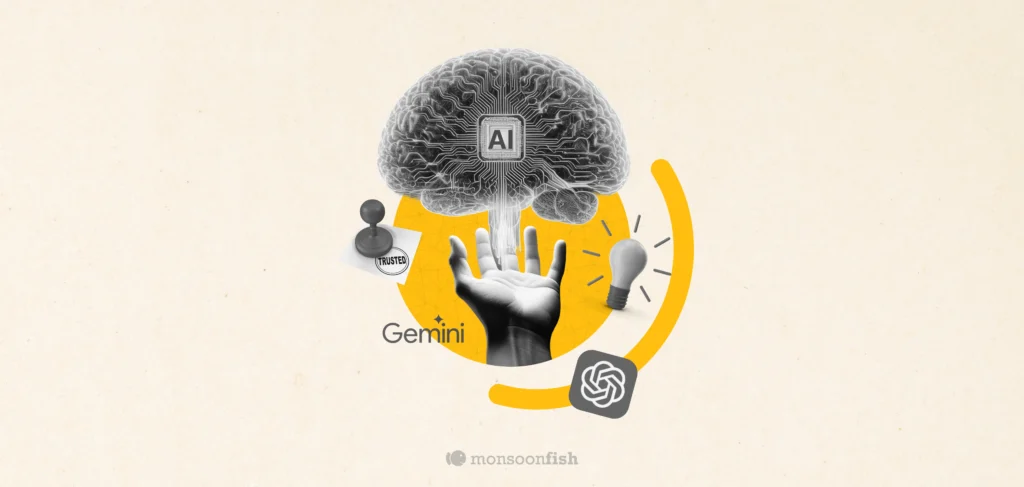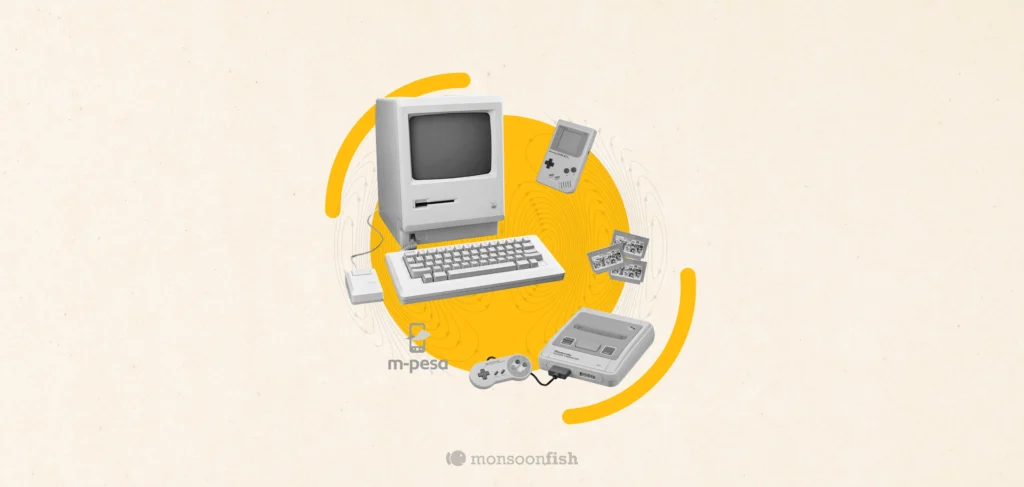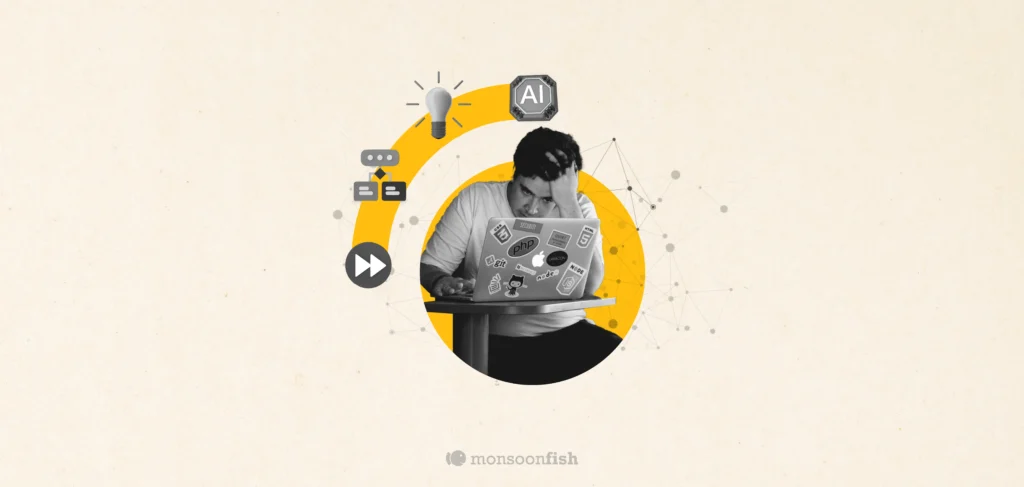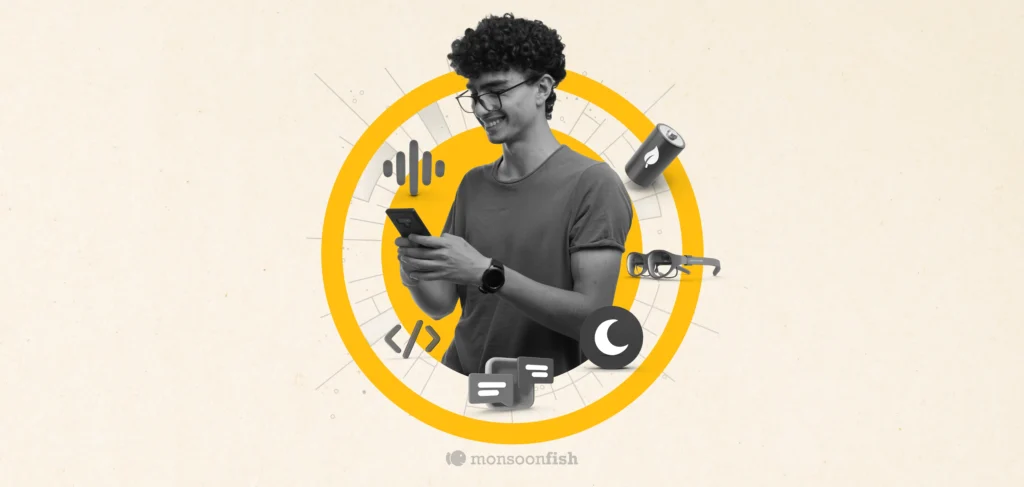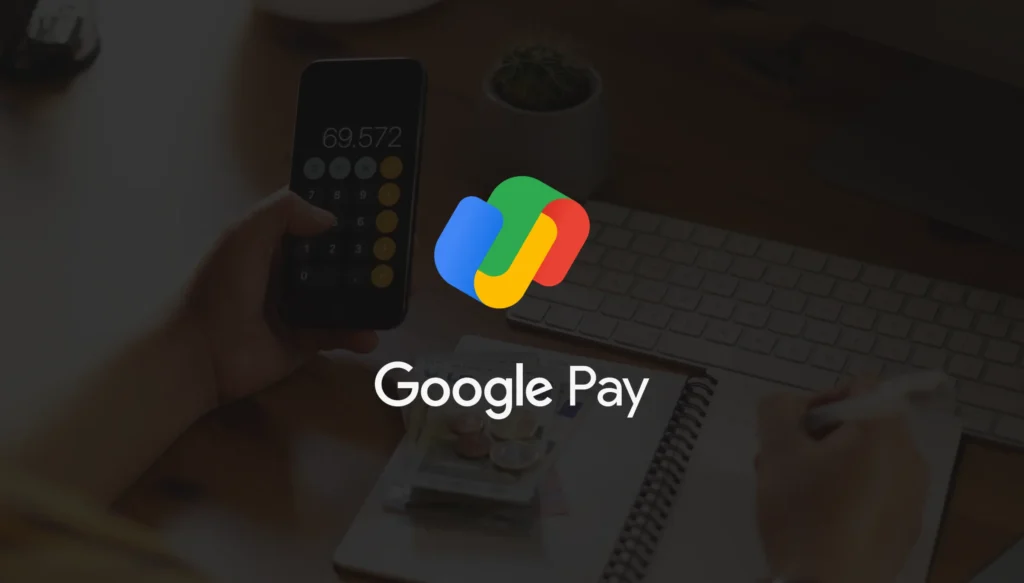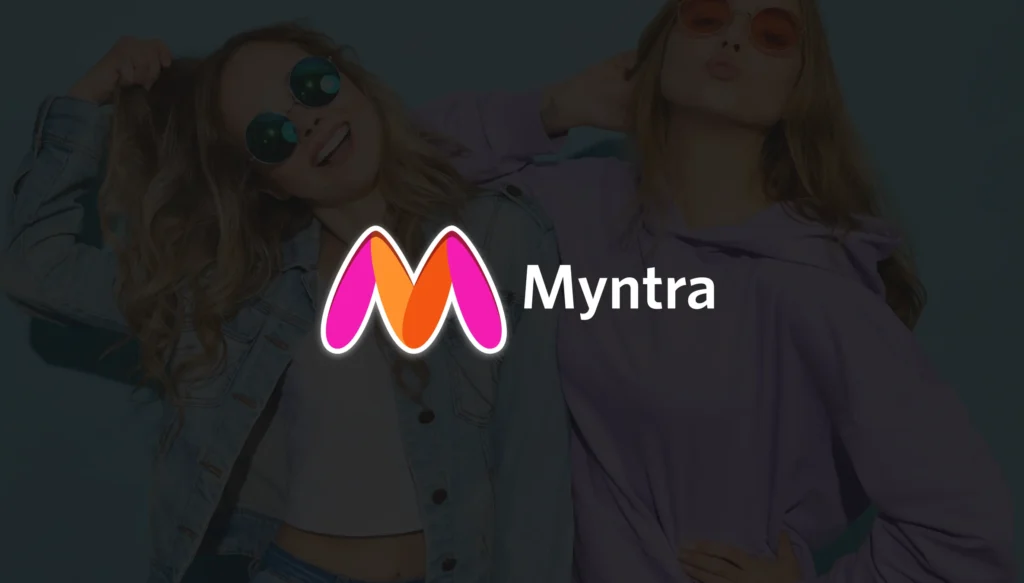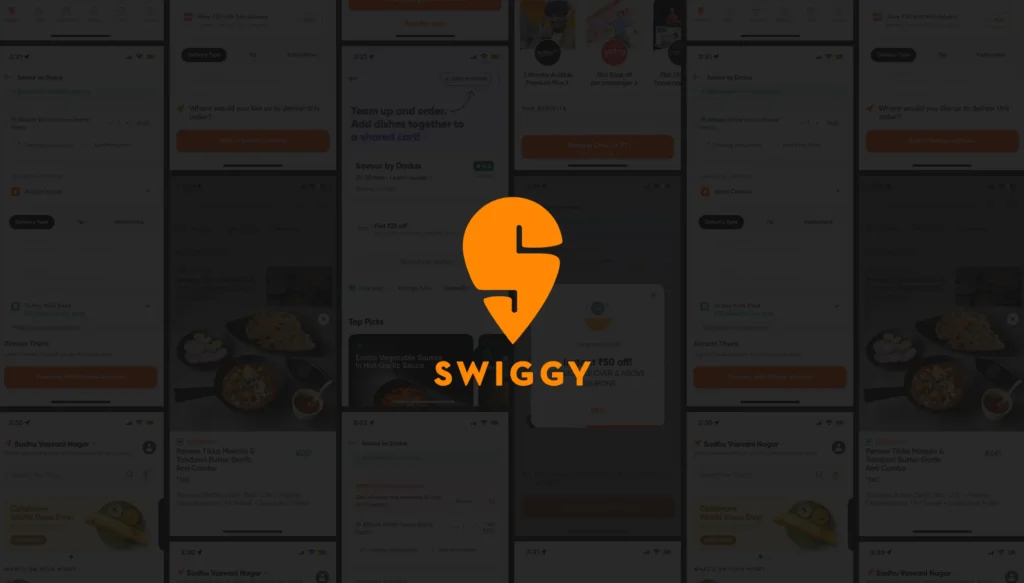Presenting your Usability Test Results
Showcasing usability test results effectively is as important test itself. In this blog, we look at various methods of presenting usability test results.
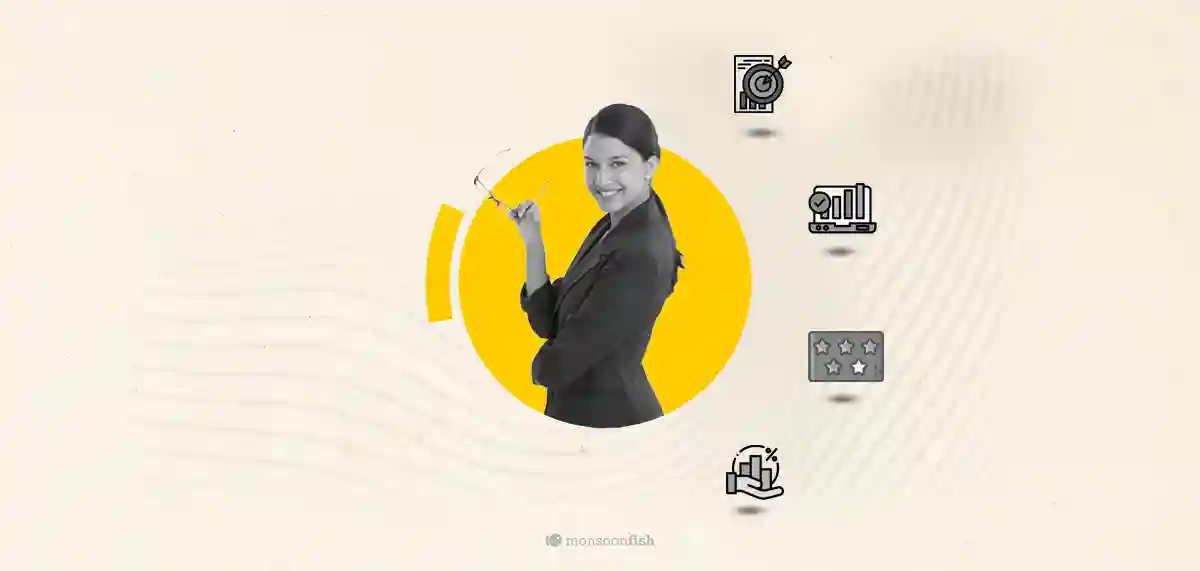
So you’ve done a round of usability testing. You’re with the product team and then comes the question, ‘How did it do ?’ Mostly folks may not bother too much about task completion times or questionnaire scores.
- Folks may want to know how did it go in comparison to a previous usability test
- Did it pass or fail ?
This involves combining your results into an overall score and presenting it meaningfully to your audience.
Based on target goals
An easy way to do this is to compare each data point to a target goal, and represent this as one single metric based on percentage of users who achieved this goal. For example your goal may be : completing 80% of tasks in not less than 70 seconds each. The target goal can be based on business goals or comparison to ideal performance.
Based on percentages
In an ideal situation we may have a goal to compare against, however how do you handle a situation where the goal is not defined. Here you can convert each score into a percentage and average them. For example while measuring time, you could identify the quickest participant percentage as the best and the slowest as the worst. This then becomes your benchmark for comparison. A little thought will need to go into what best and worst means depending on your tasks.
Single Usability Metric
Jeff Sauro and Erika Kindlund have developed an online tool called ‘Usability Scorecard’. This calculates a SUM score from the following data:
- Whether participants complete the task or not
- Number of errors by each participant
- Task time in seconds
- Post task satisfaction rating
The SUM score generated is for each task, and affords comparison of these tasks. This works very well for performance data.
Usability Scorecards
Presenting test information visually is an effective way to present data
- Use column or line graph when presenting data over two axis, for example Tasks and Task Success
- Use radar charts while presenting summary data for three or more metrics. These will provide a good high level view
- Use Harvey Balls to visually present percentages
Using the above methods we are able to make data palatable to our internal stakeholders. Be sure to work with your UX partner in finding the best way possible to present data in the simplest possible format.
